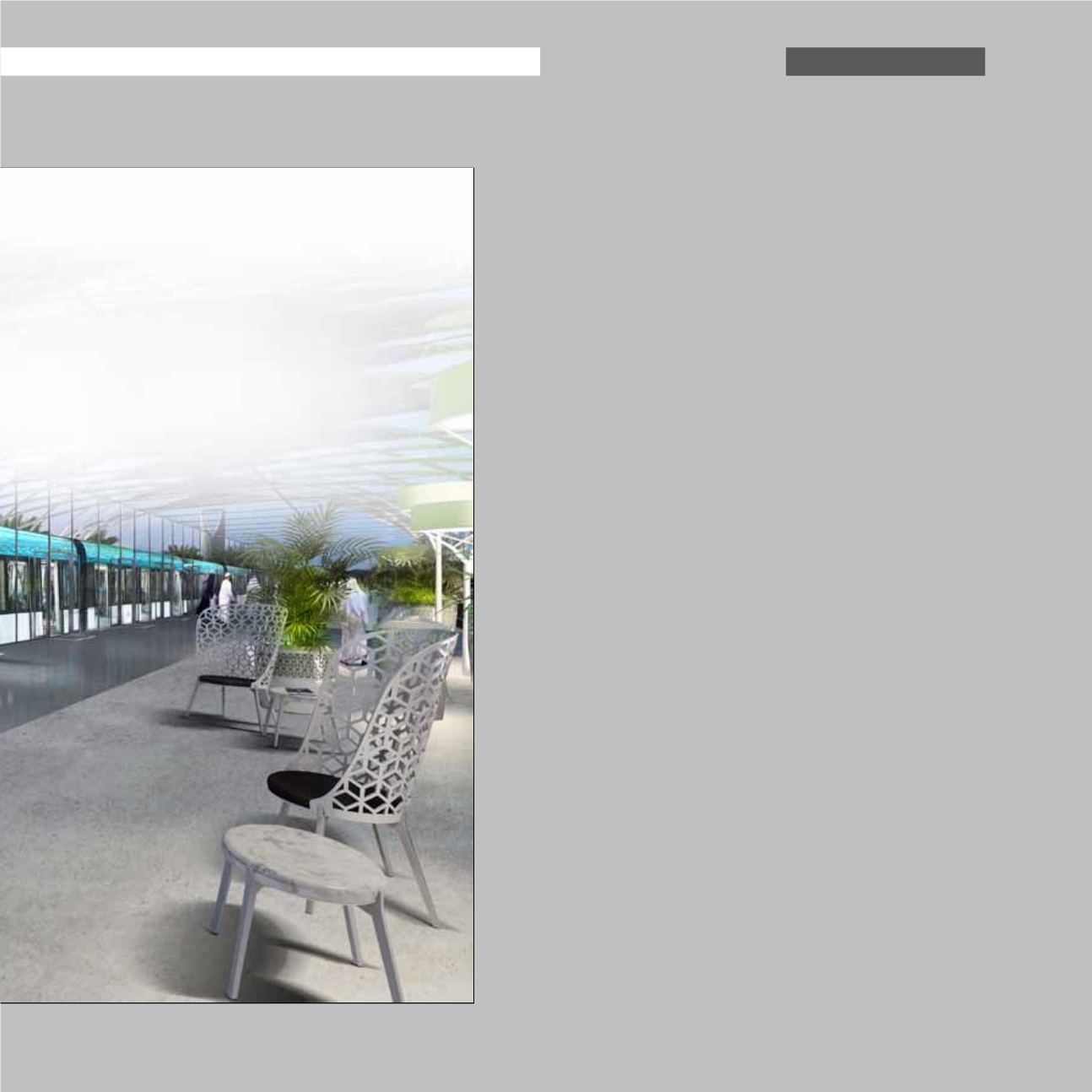

Investment
in Arriyadh
n the face of it, Arriyadh ought to be an outsize city that has outgrown its
essential identity. This is however far from the case. The largest conurbation
on the Arabian Peninsula, the population has increased in the last quarter of a
century from just under a million to almost six million. In the next fifteen years
the number is expected to have grown to 8.2 million.
Yet the capital has retained its character and indeed its civic pride, thanks
in no small measure to careful planning and zoning. This has preserved
strong social cohesion by creating discrete communities surrounding their
own mosques, schools, health centers, shopping areas, parks and playgrounds.
Long at the forefront of the thinking of planners at the High Commission for
the Development of Arriyadh and its executive body, Arriyadh Development
Authority, has been best practice in terms of introducing Transport Oriented
Design (TOD) as an integral part of the King Abdulaziz Project for Public
Transport in Arriyadh.
As the capital has grown, it has been furnished with an expanding network
of feeder roads and highways. However, the culmination of years of careful
planning is now coming in the form of the 176-kilometer six-line Metro system
which is integrated with both local and high-speed cross-city bus services as
well as feeder routes. The design and technology behind this unique public
transportation system is both sophisticated and complex. However the purpose
is very simple. As Arriyadh continues to flourish and grow, both its character
and its social cohesion will be preserved by the project and the transportation
system it introduces across the city.
Virtually everyone in the capital currently relies on their cars to get around.
The coming of a fast, safe and efficient commuter system, designed for both
families and businessmen will be truly transformational.
All great cities have to grapple with traffic congestion. Arriyadh is no excep-
tion. There are currently 7.4 million vehicle trips daily and in the next 15 years
this is expected to rise to 12 million. There are already times when, despite the
intelligent traffic management systems, downtown areas experience consider-
able congestion.
From a commercial point of view the cost of doing business, whether
traveling to meetings or distributing goods and services, is increased because
of the impact on productivity. Moreover, as well as the frustration of being
trapped in jams there is the added danger of collisions on busy, fast-moving
highways. The more vehicles that take to the road the greater are the chances
of accidents. On top of this fumes from cars and trucks with engines idling
for long periods have a significant environmental impact and pollution creates
a risk to health. In all the extent of the economic loss, traffic wrecks and
pollution, has been estimated at a staggering $21 billion a year.
The case for a comprehensive public transport system for the capital is clearly
overwhelming. However, few citizens of Arriyadh could have anticipated the
O
Arriyadh’s World Class King Abdulaziz Project for
Public Transport
25
















